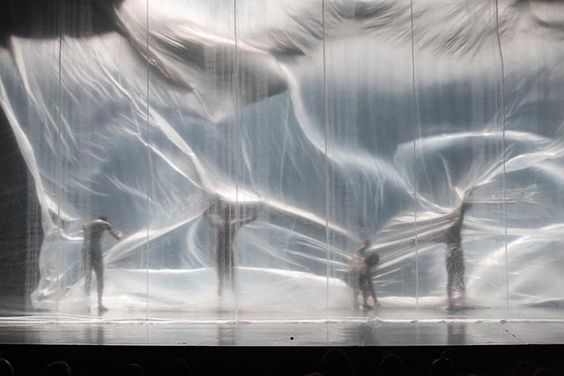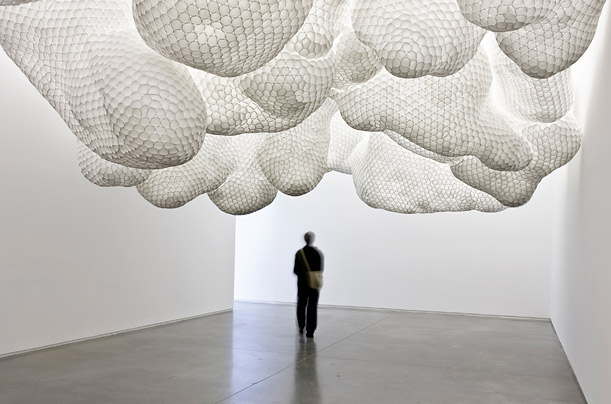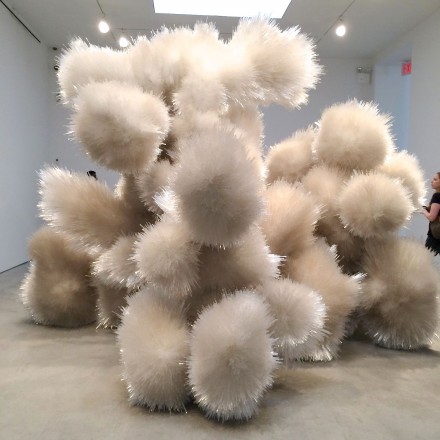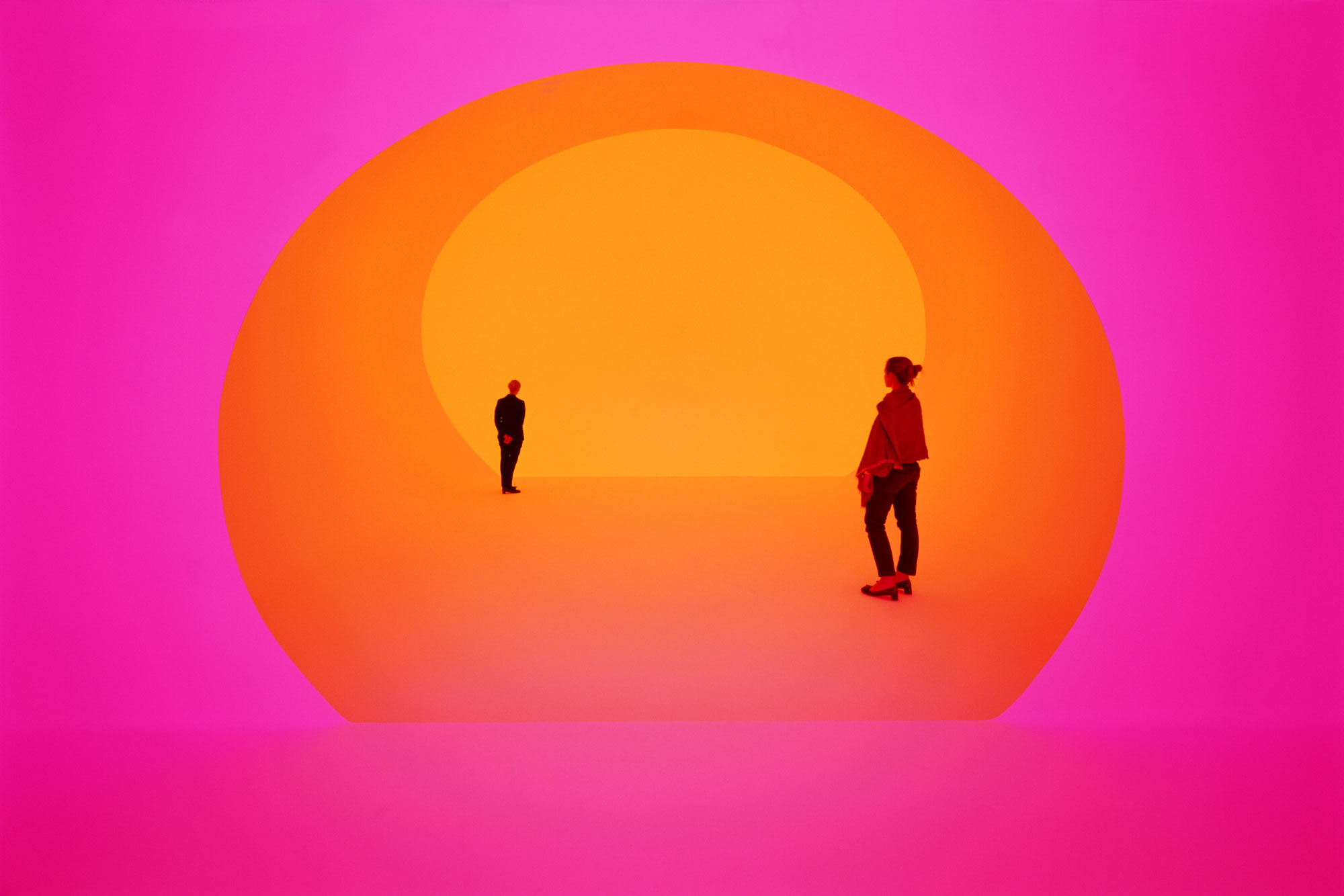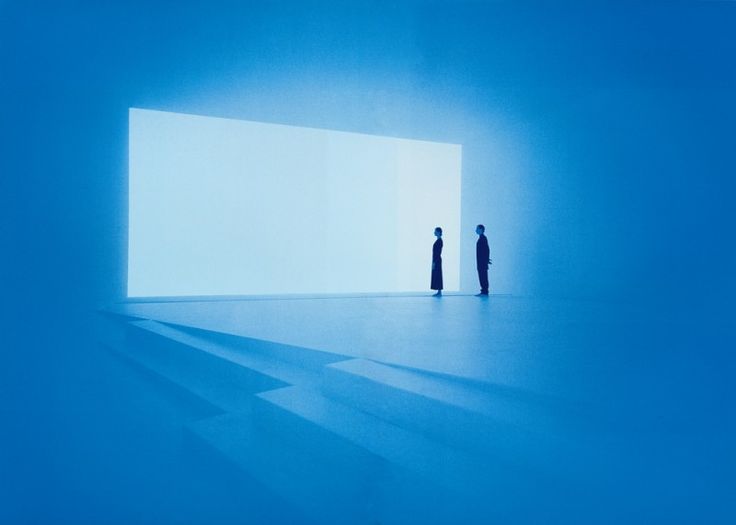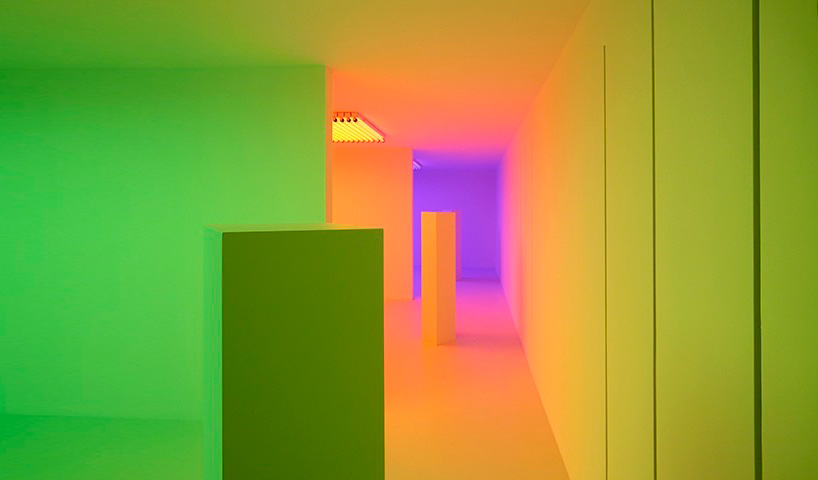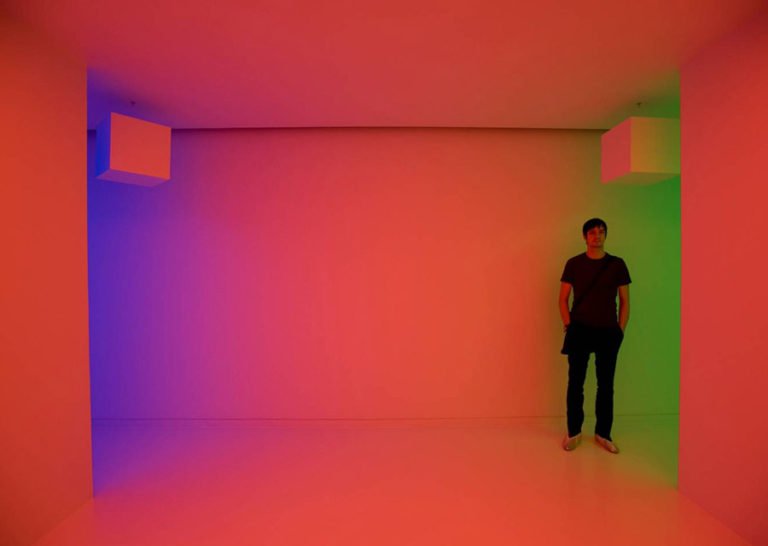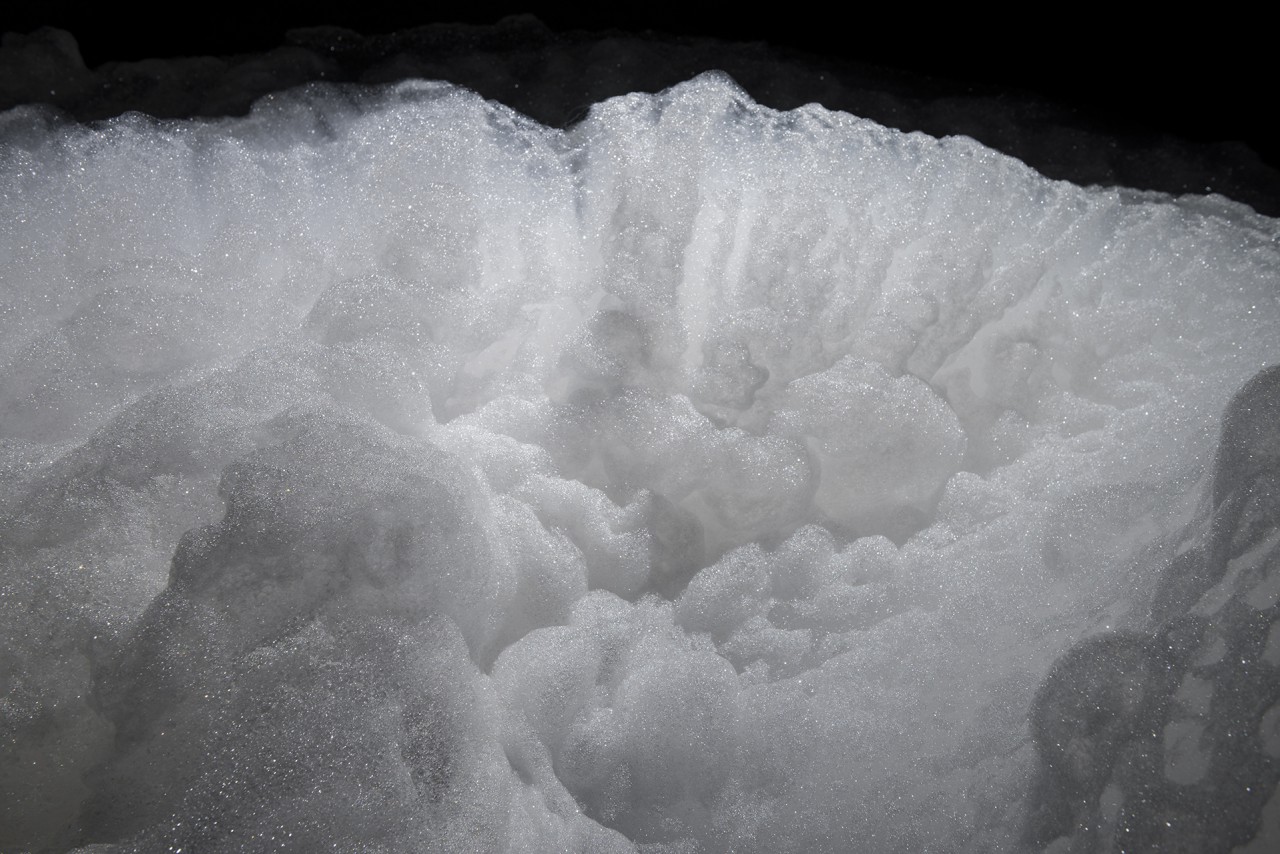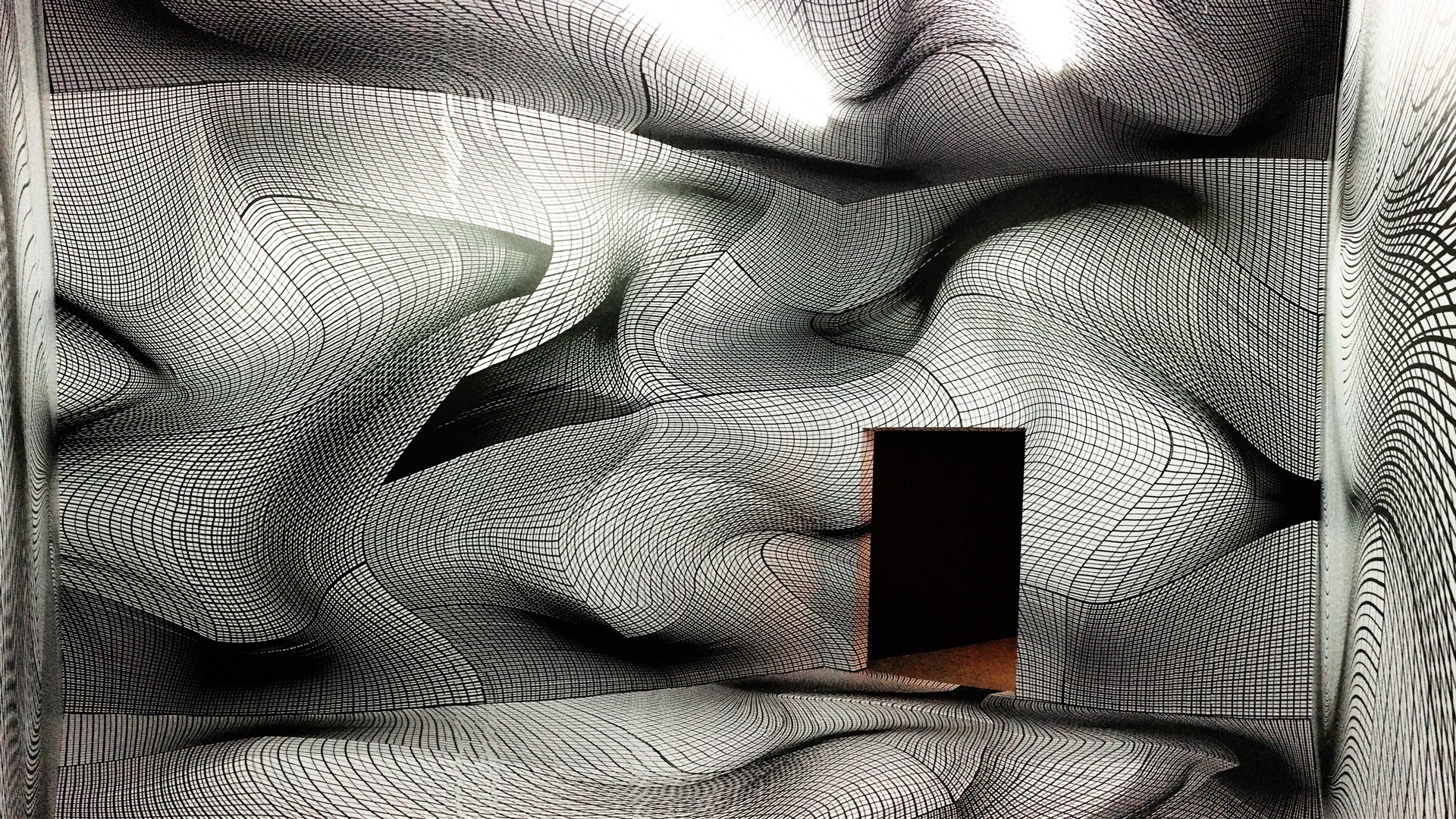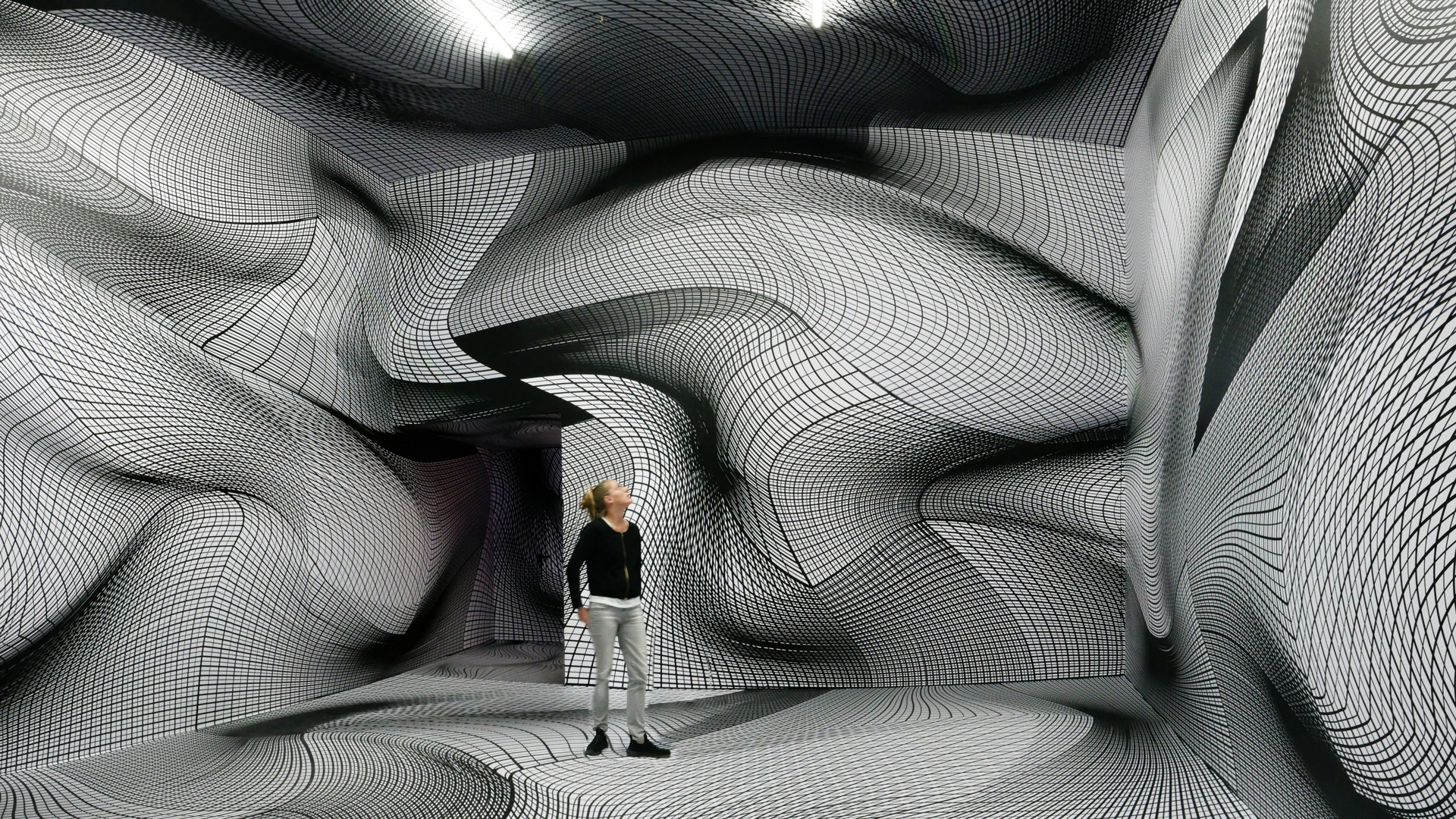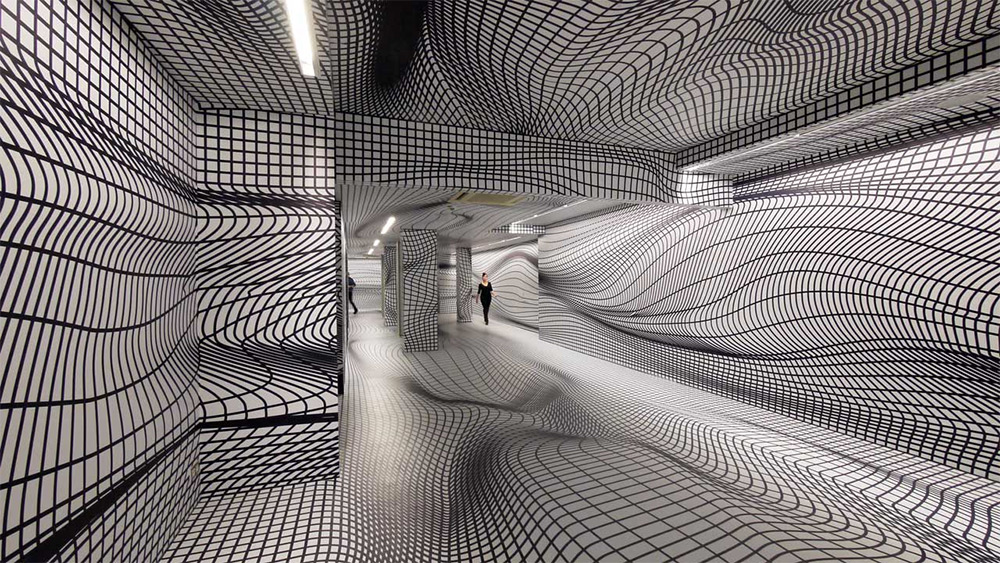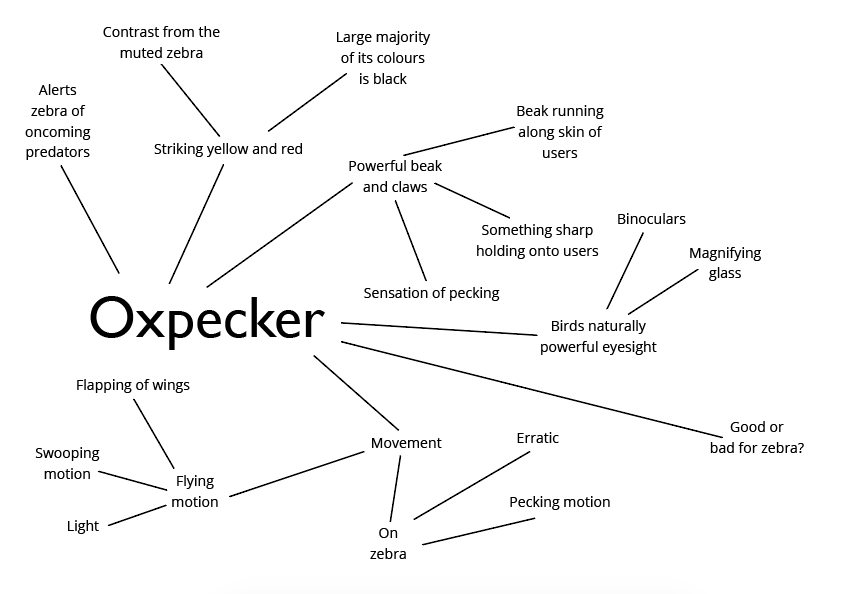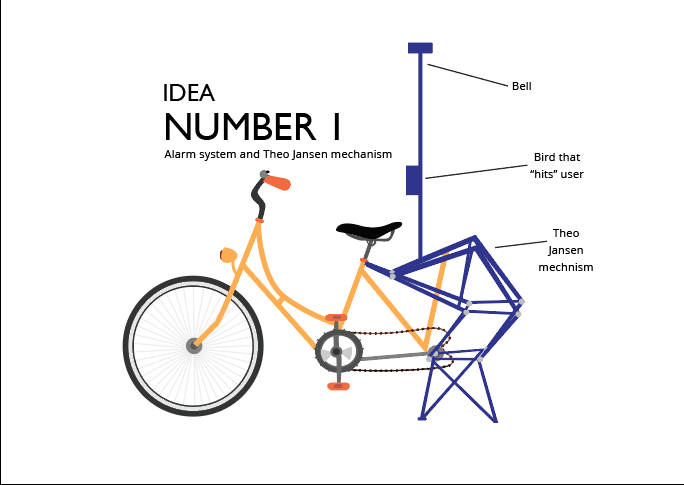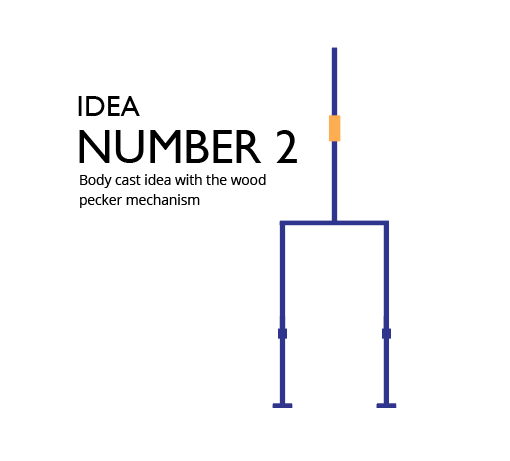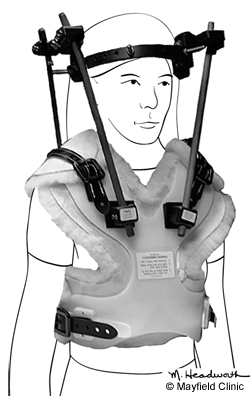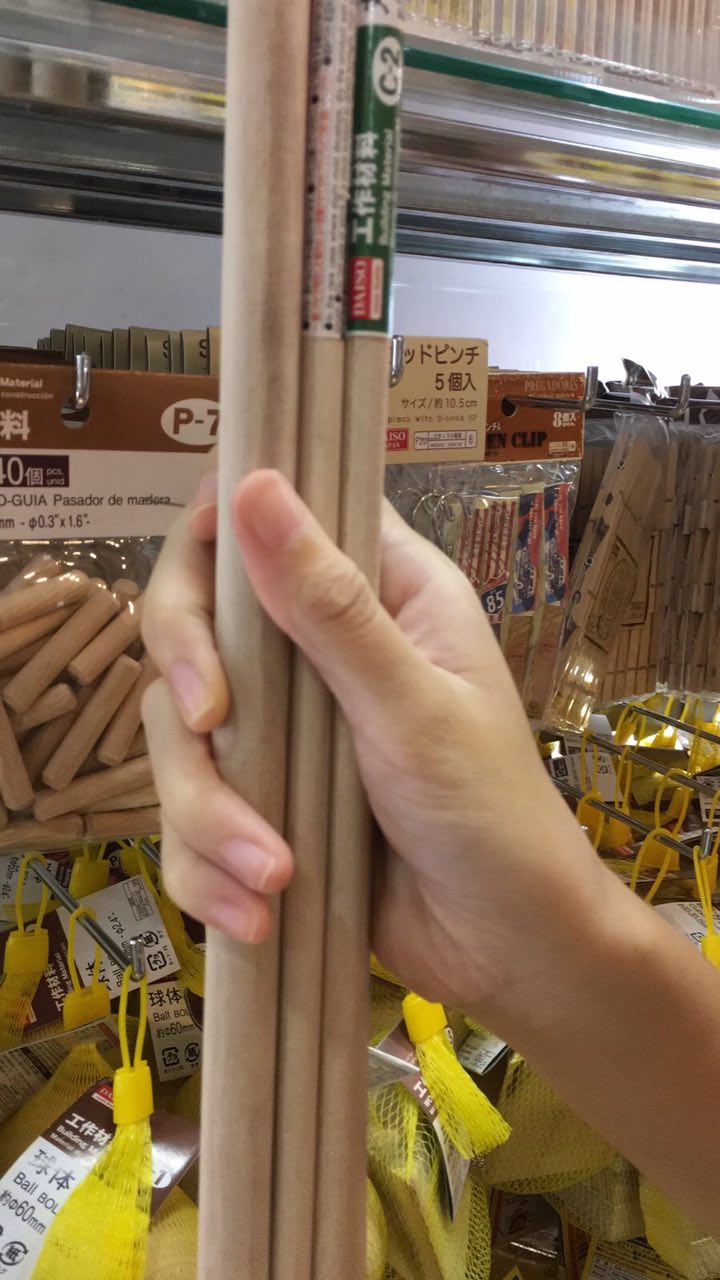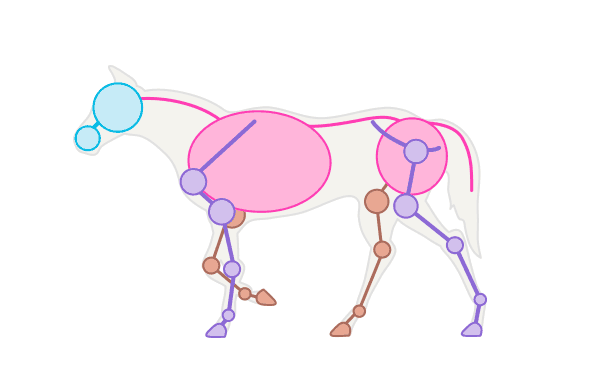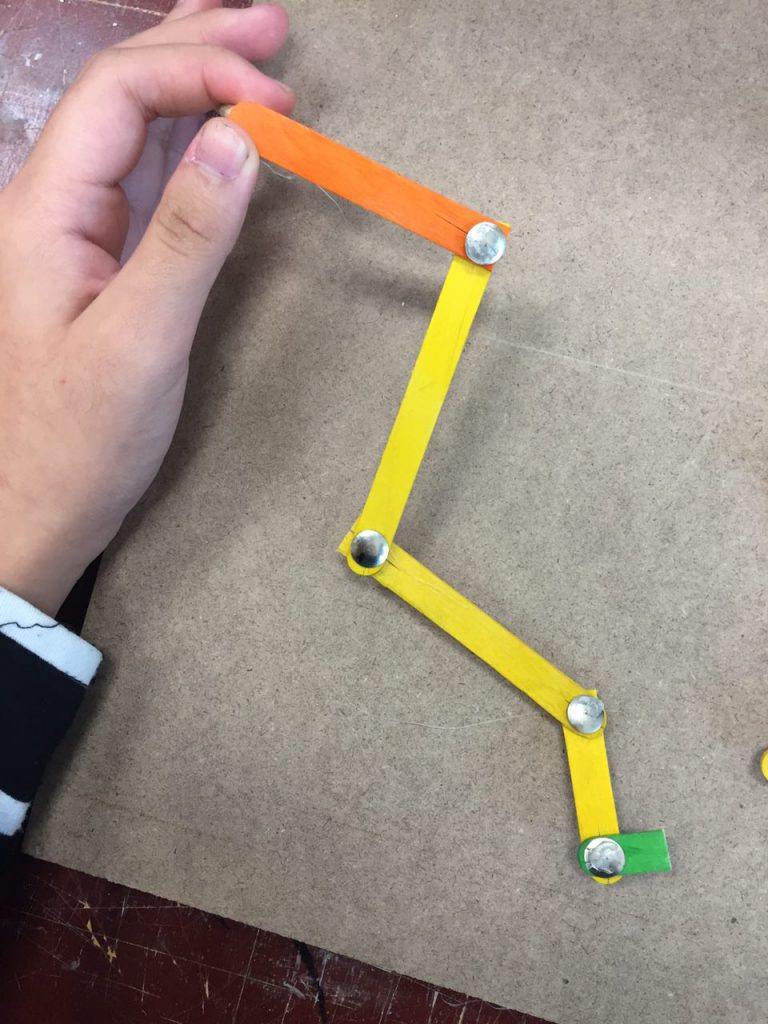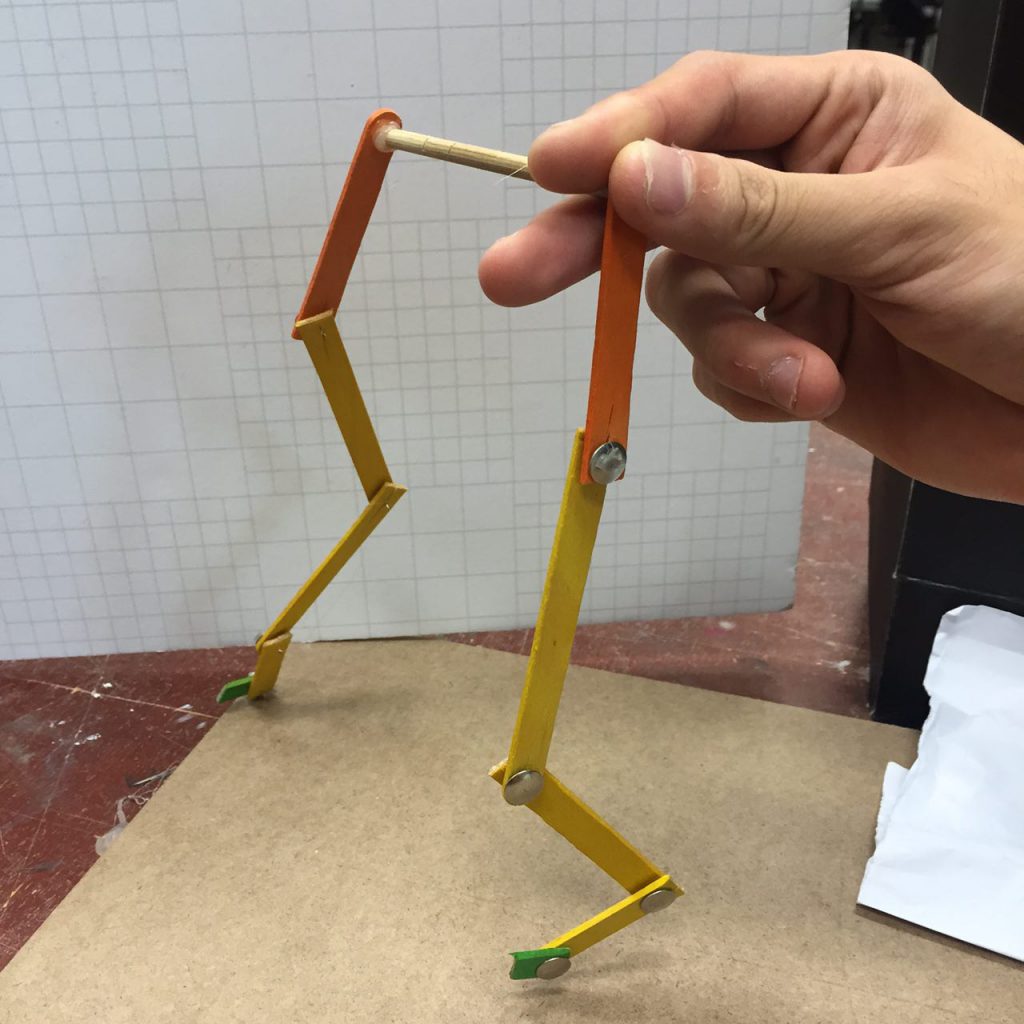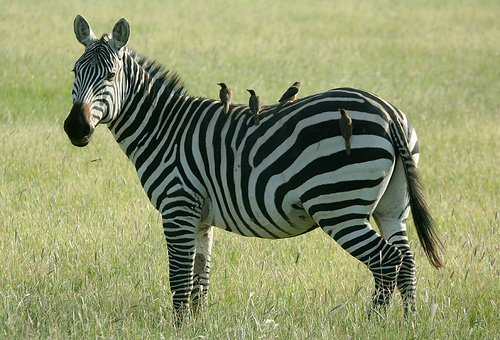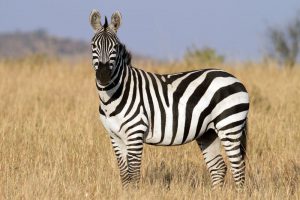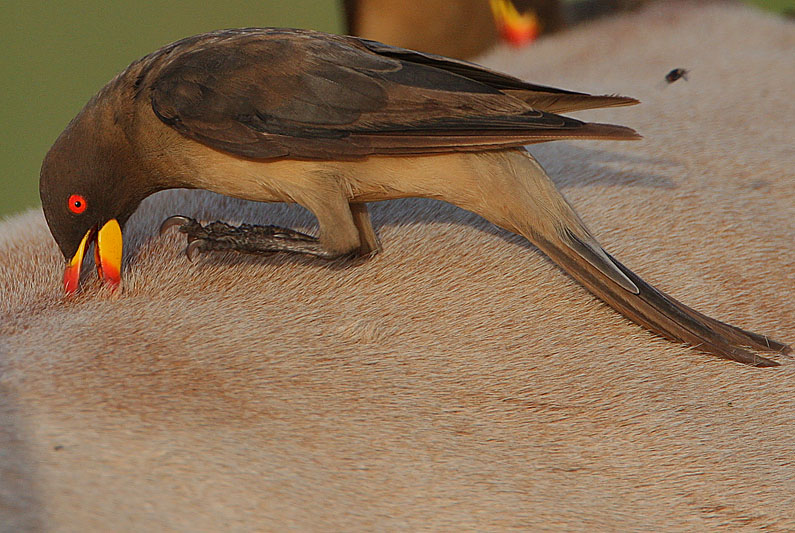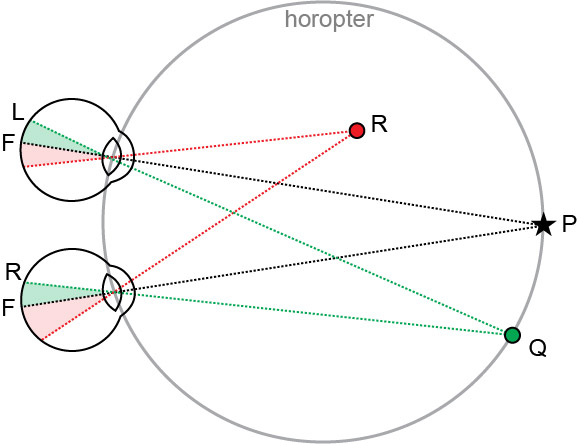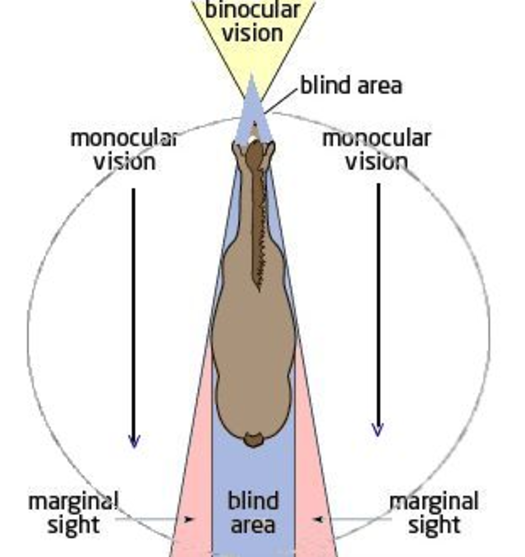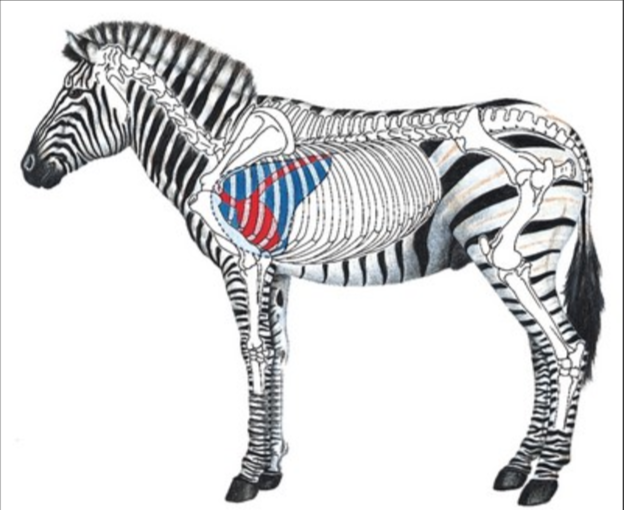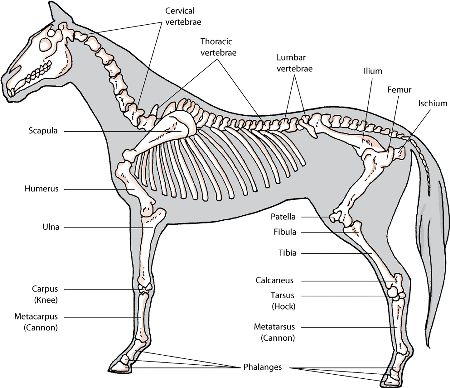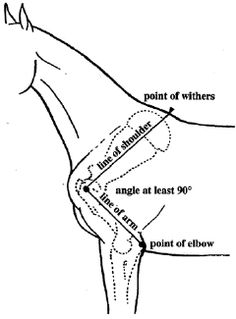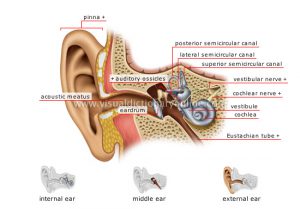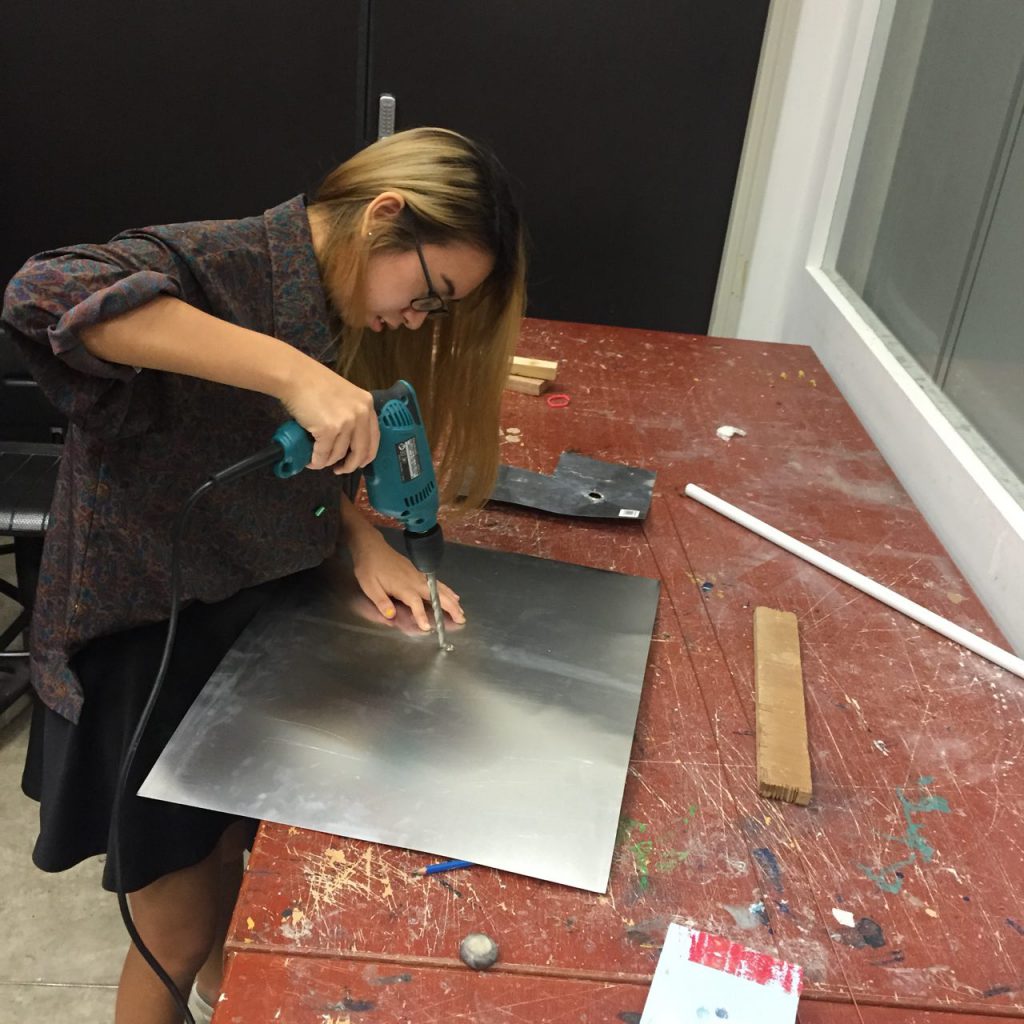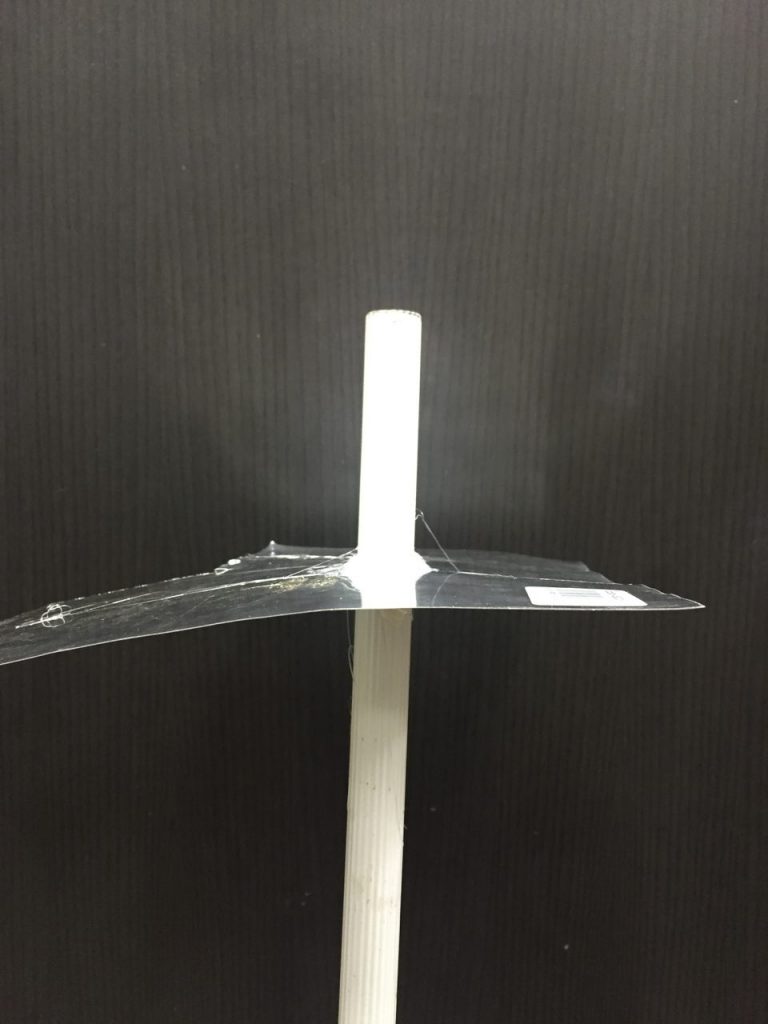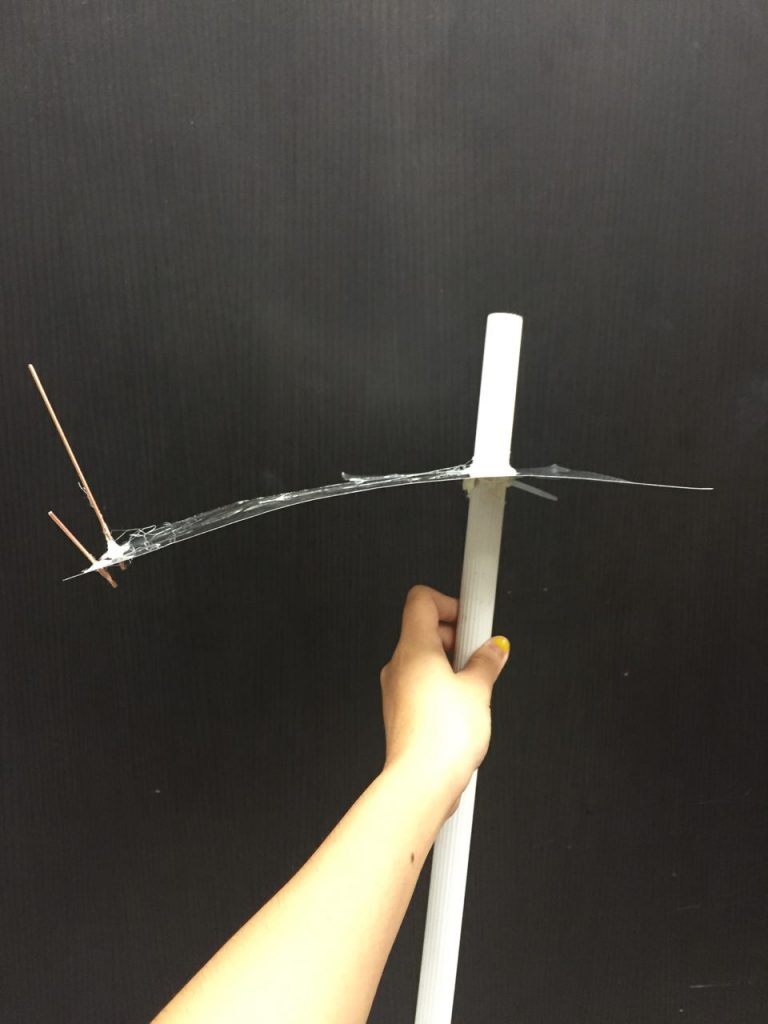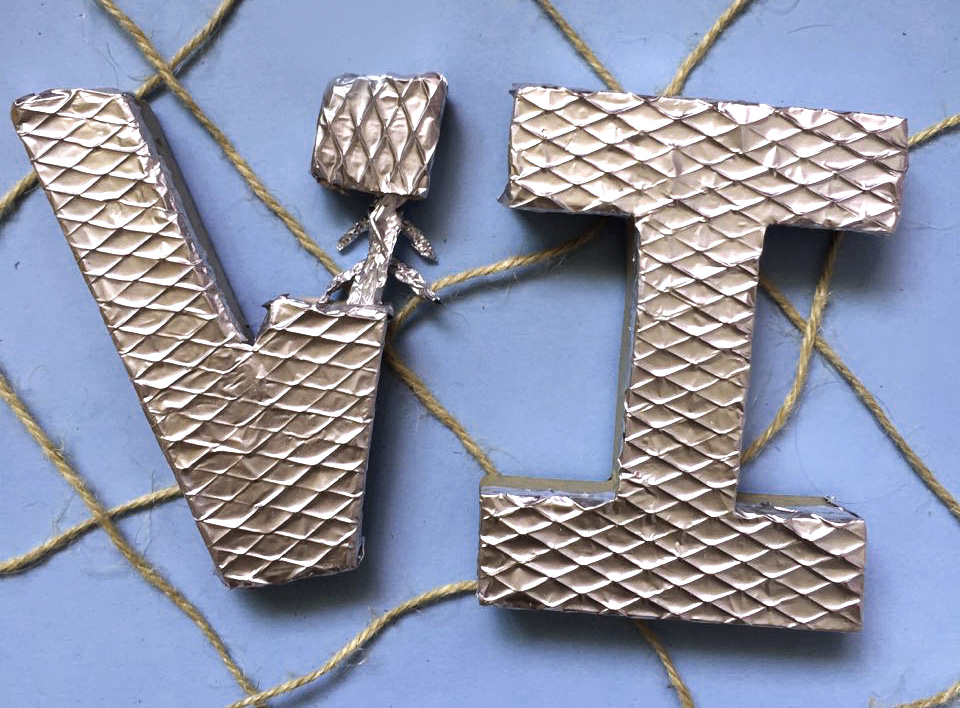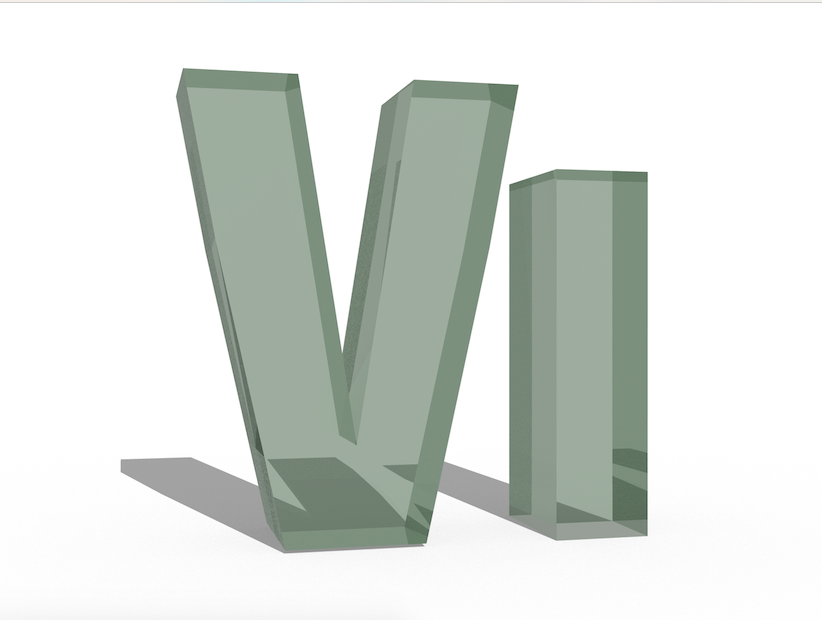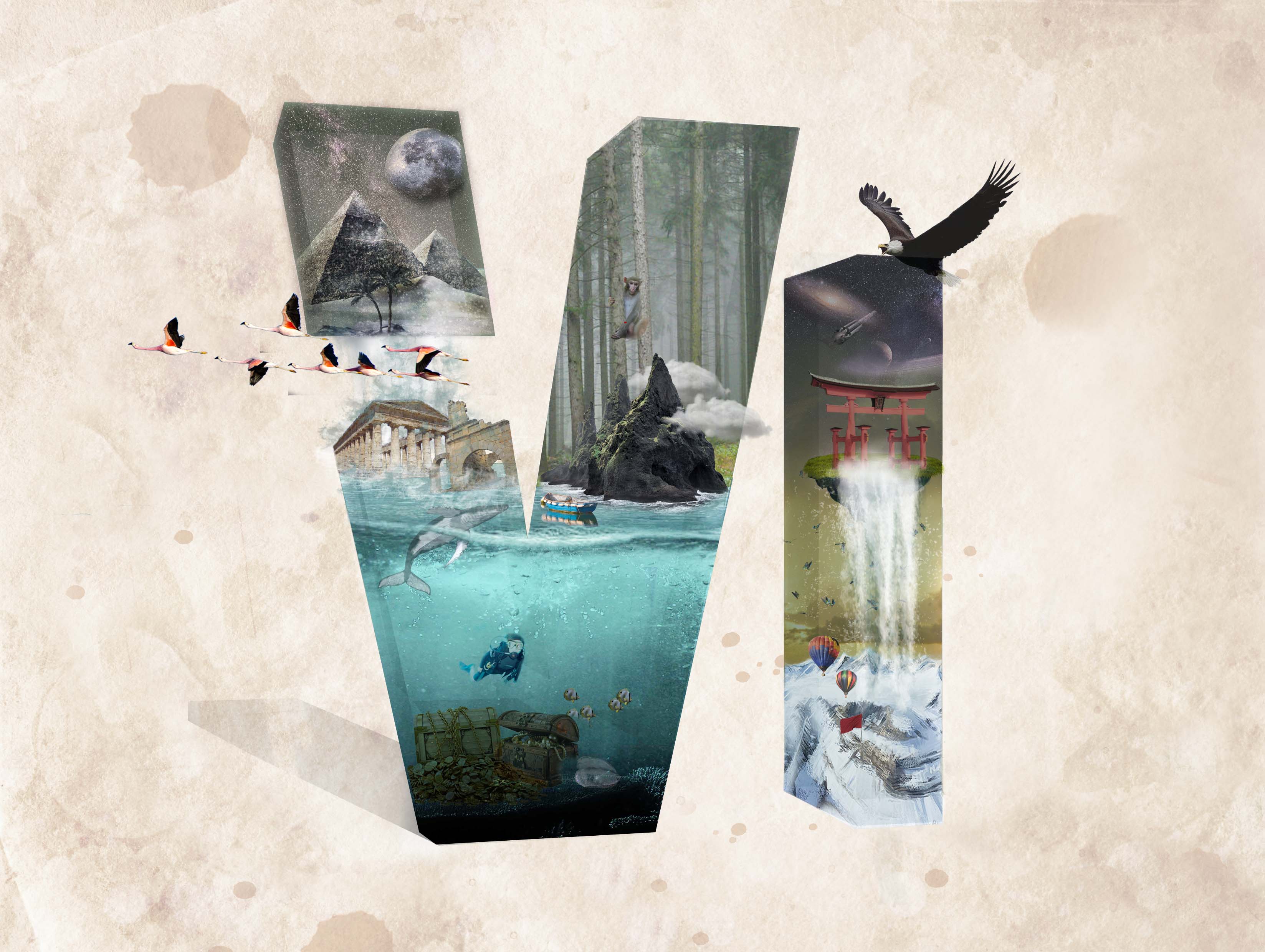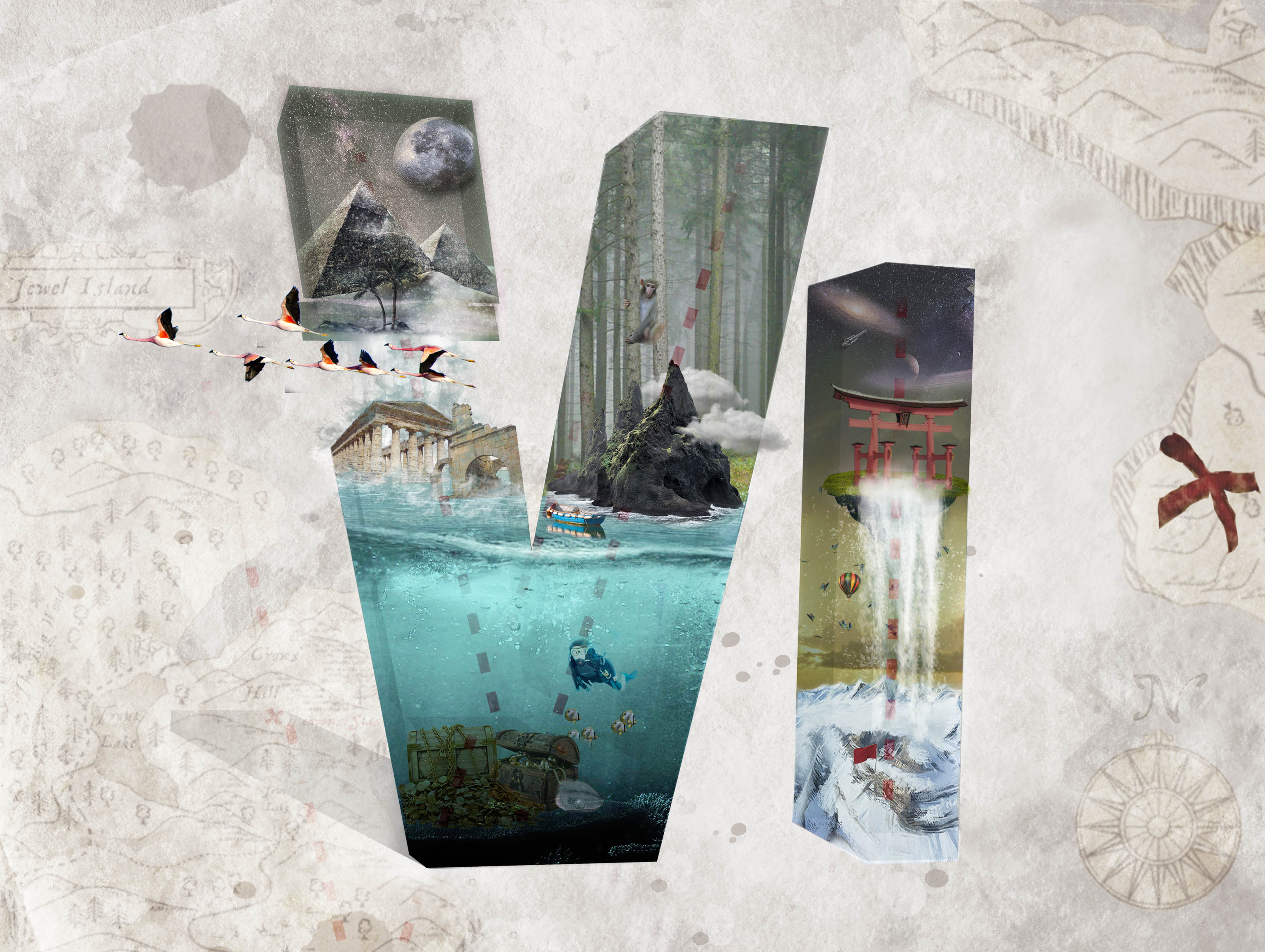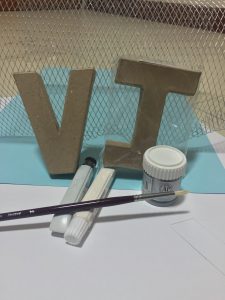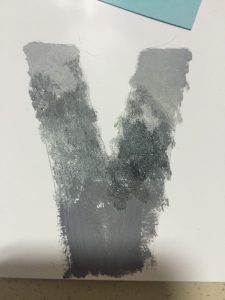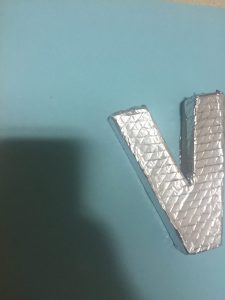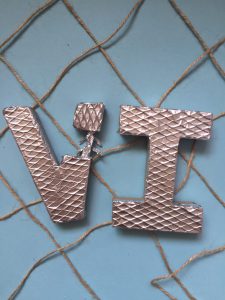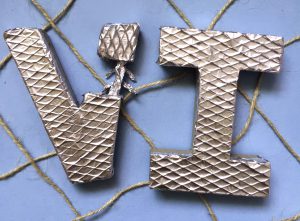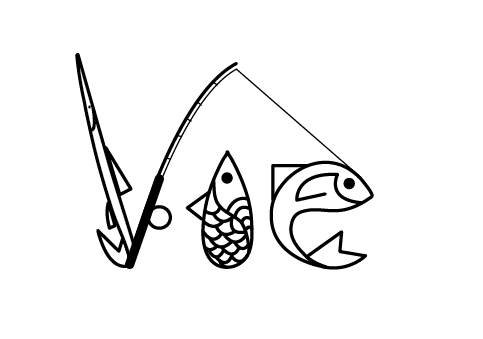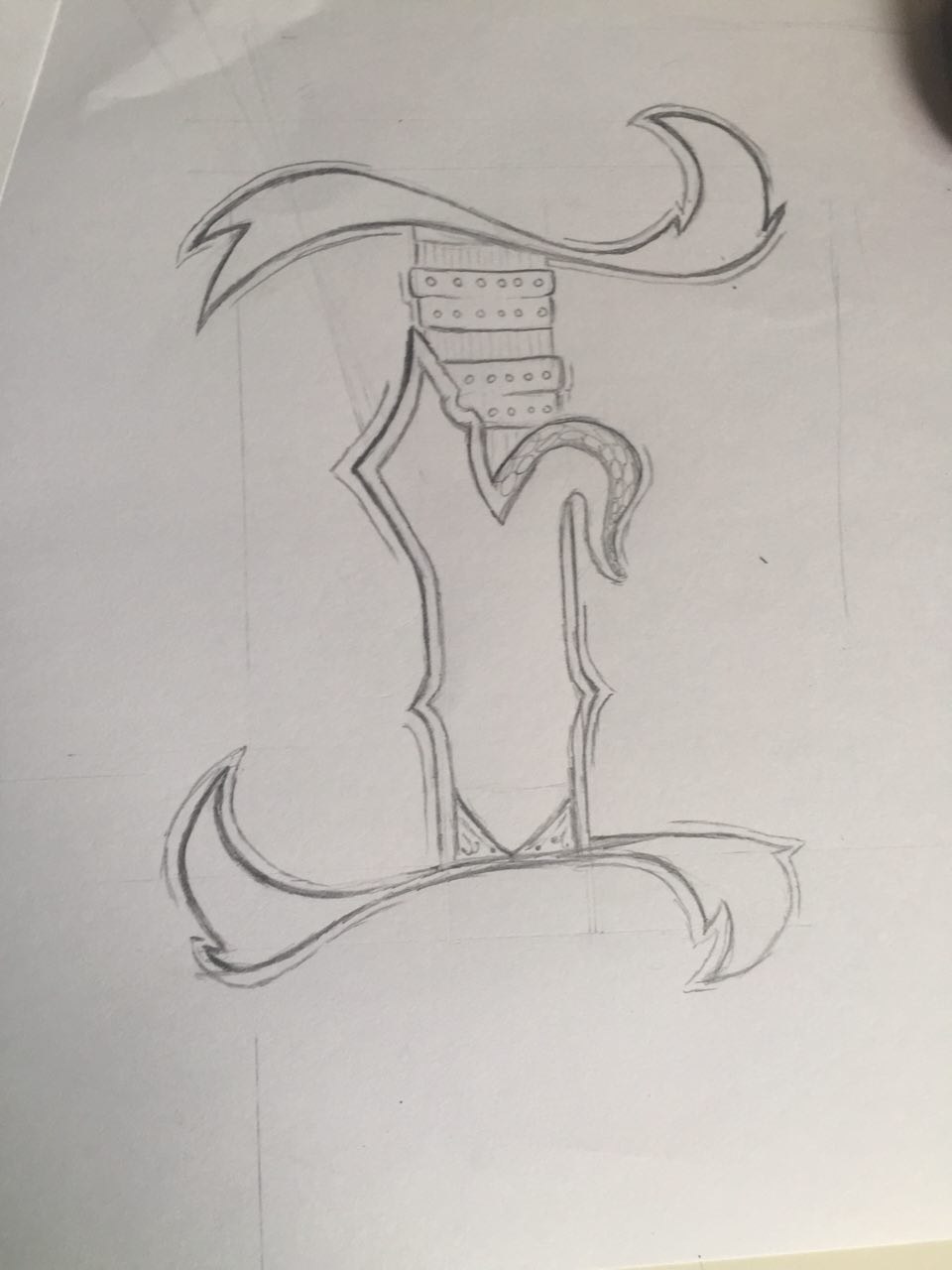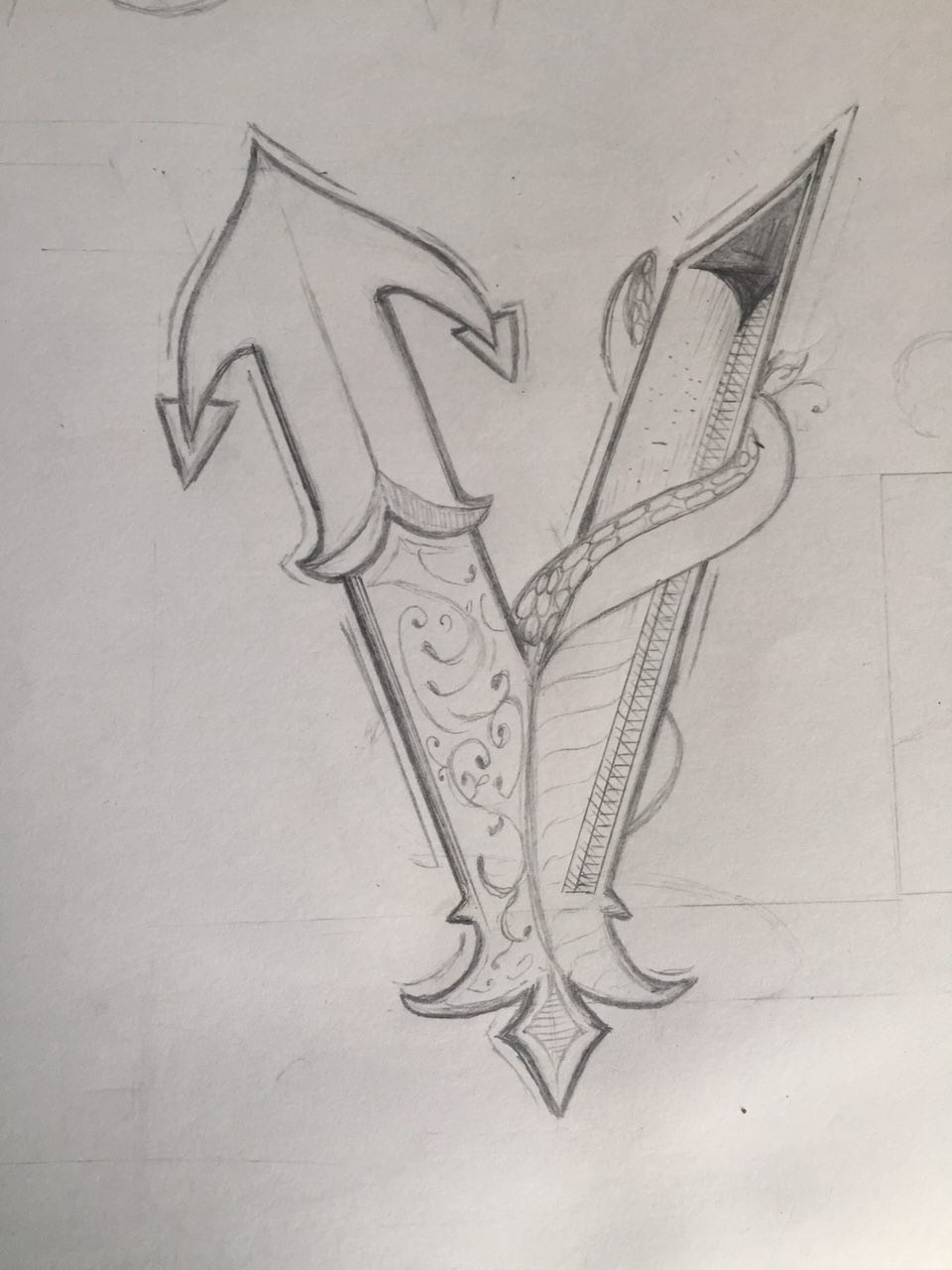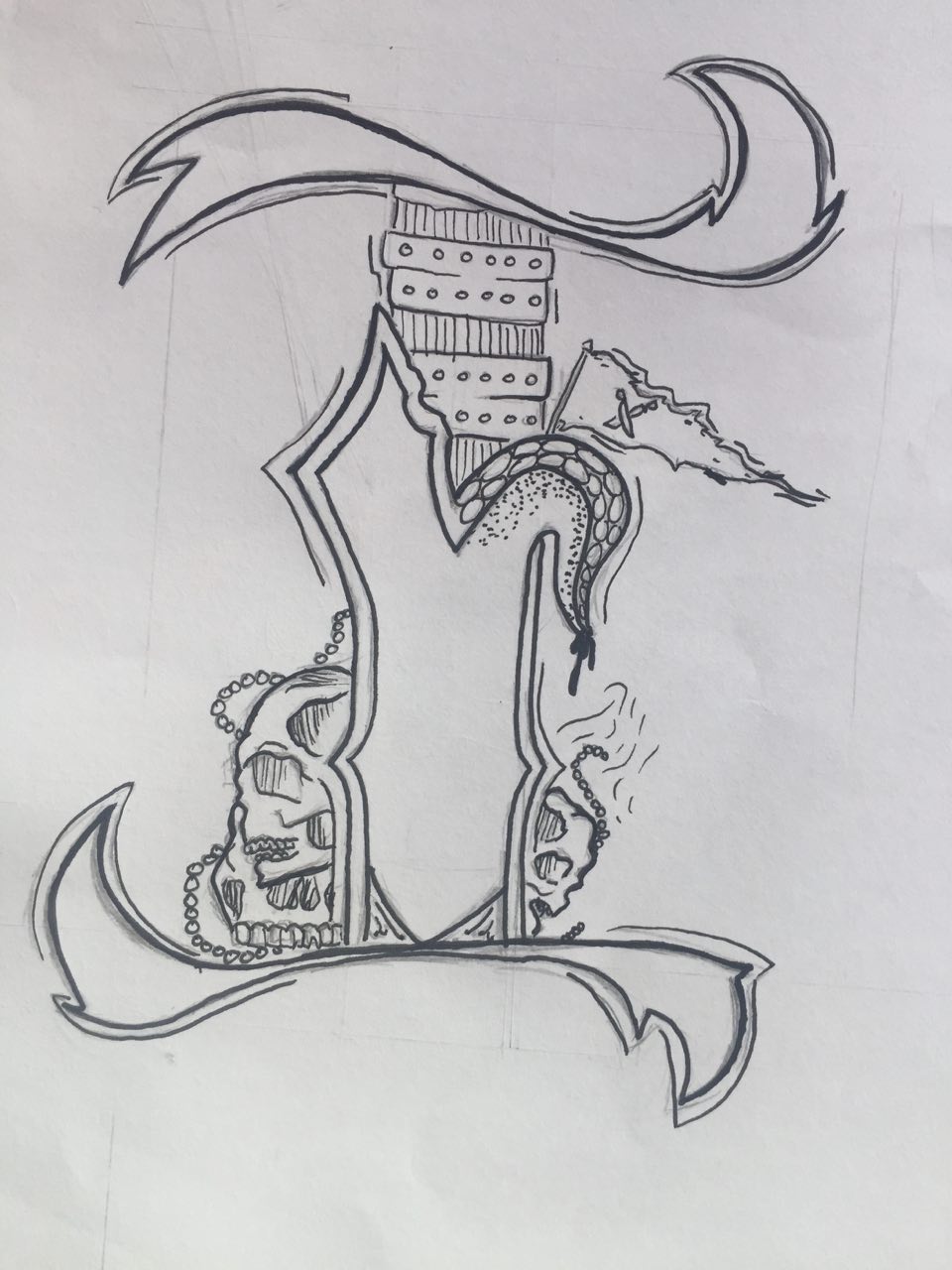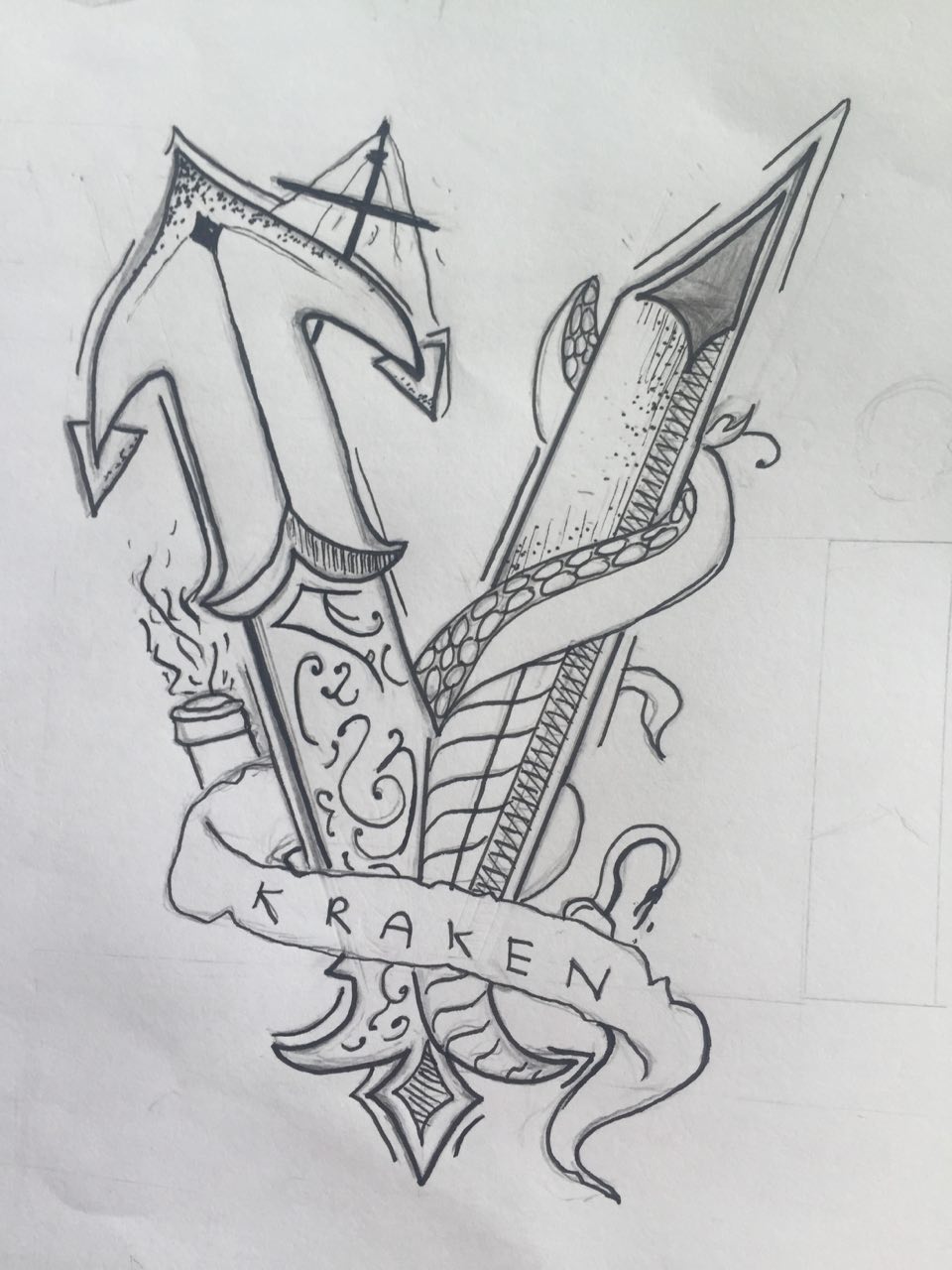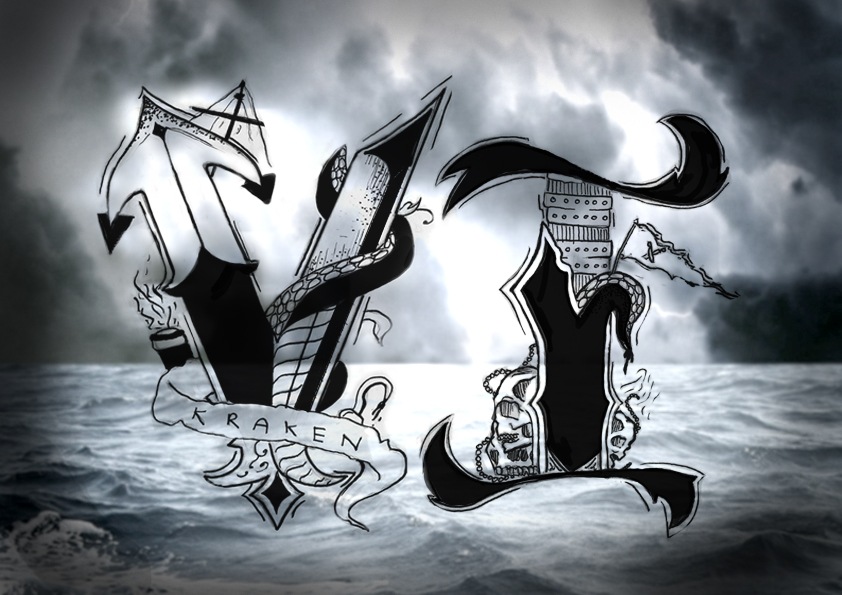
Task
Produce a short 1 minute audio soundscape or sonic portrait of a specific (physical or psychological) environment, person or event only sound effects and ambient audio.
Definitions:
Soundscape to Dictionary.com:
“A Soundscape is a sound or combination of sounds that forms or arises from an immersive environment. It can also refer to an audio recording or performance of sounds that creates an experience for the user”
Ambient audio according Mediacollege.com:
“Ambient sound (AKA ambient audio, ambience, atmosphere, background noise) means the background sounds which are present in a scene or location. Common ambient sounds include wind, water, birds, crowds, office noises, traffic, etc”
My ideas:
I boiled down my collections of idea with two things that mean a lot to me, and consulted Lei with what I had:
Day in a life of an Onion
Onion is the name of my 10month old beagle. I think it would be interesting to record his daily routine, which therefore would be more of a physical interpretation of the soundscape. This would encompass both the sound of him as well as the environment he is interacting with.
– Onion waking my mum and I up in the morning (scratching the door, pawing our faces, whining)
– Him asking for food (us cooking for him, his stomach growling, asking him to sit, him eating)
– Then us locking the door and leaving the home for school/work
– It would now be quieter, as he sleeps and do some mischievous stuff till we reach home (running around and chewing/tearing items)
– Us returning home and petting him till we sleep again
The sound of heaven
Due to my religion, I am interested to recreate the sound of heaven, which would be a leaning towards a psychological soundscape. I would have to figure out on what is my personal take on this metaphorical space, rather than doing just a collection of collection of commons sounds associated with heaven. Lei pointed out that the challenge would be how to create a soundscape which does not fall into the “generalised” sounds (bells, choir, etc). And laid out some questions for me:
– Is heaven to a continuation and celebration of life?
– What is the mood you what to convey or evoke?
– What my conceptualisation of what heaven is or is not?
She ended with this statement, “Perhaps it is a good opportunity to challenge yourself with this idea and challenge your audience on what heaven sounds like”.
Conclusion,
With her last words, I decided to really push myself and go for idea 2. It is perhaps also a time of personal reflection to my own faith as well. Since it is my personal take of heaven, I would be referring to the Christian bible as my belief and my perception of it is formed from there.
Research:
What is heaven?
Heaven (Hebrew: shamyim, Greek: ouranos) can mean God’s dwelling place. The Bible says that”The Lord has established His throne in heaven, and His kingdom rules over all” (Psalm 103:19). God’s throne is also mentioned in connection with the mountain of God (Ezekiel 28:16).
Heaven may also refer to the endless planets, stars, and galaxies of the universe. The Bible says: “When I consider Your heavens, the work of Your fingers, the moon and the stars, which You have set in place…” (Psalm 8:3).
I think one interesting factor that can be incorporated is the time of the great tribulation, where it says that the world would suffer judgement and suffering before Jesus would come back.
“And God will wipe away every tear from their eyes; there shall be no more death, nor sorrow, nor crying. There shall be no more pain, for the former things have passed away” (Revelation 21:4)
Therefore the concept of suffering > joyous occasion can be played around in my audio.
Who is in heaven?
God, Angels and men and perhaps other beings (though it is arguable)
Where is heaven?
The bible did not tell us the exact location of heaven, highly likely because the focus should be on God rather than the idea of heaven itself. But here are some passages that vaguely describes how the place is like:
1 Thessalonians 4:17,
“17 Then we who are alive, who are left, will be caught up together with them in the clouds to meet the Lord in the air, and so we will always be with the Lord.”
How is heaven like?
A joyful place
Heaven, on the other hand, is for fellowship and eternal joy and, more importantly, worshipping around the throne of God.There will be no one who is blind, deaf or cannot walk in heaven (Isaiah 35:5-6, Philippians 3:21). Therefore the theme of joy is one of the major theme in heaven.
– Reference to the Garden of Eden (a very interesting point)
Before sin came into this world, the world was a physical paradise – a beautiful garden full of fruits, trees, and animals. Possibly, when sin is eradicated from this universe, we will get to live life as God originally intended for mankind when He first created the Garden of Eden.
Luke 23:43, Jesus declared, “Truly I say to you, today you shall be with me in paradise.”
Jesus used for “paradise” is paradeisos which means “a park, that is, (specifically) an Eden (place of future happiness, paradise)”. Paradeisos is the Greek word taken from the Hebrew word pardes which means “a park: – forest, orchard”.
Place of worship
It is said that it is a place where men and angels gather to worship God
Beautiful place
Do I need to elaborate more haha.
Inspiration:
As the designing of sounds is an unfamiliar concept, it was crucial to refer to relevant artists to gain an understanding of this craft.
Li-Chuan Chong
Itspire
Exploration:
Firstly, I googled heaven-like sounds, and found out that it generally falls into the category of ambient sounds.
Ambient music is a genre of music that puts an emphasis on tone and atmosphere over traditional musical structure or rhythm. Ambient music is said to evoke an “atmospheric”, “visual”, or “unobtrusive” quality. “Ambient music must be able to accommodate many levels of listening attention without enforcing one in particular; it must be as ignorable as it is interesting”; according to founding father Brain Eno.
The use of softwares
One of the more similar tutorials I found that creates similar ambient noise to my inspirations is this:
https://www.youtube.com/watch?v=9HAarkWJLXo
But I do not have softwares like FL studios, so I decided to stick to audacity and do more research.
Paulstretch function in Audacity:
Paulstrech is a time-stretching of audio designed for extreme stretching. I used paulstretch in a few of my sounds.
https://www.youtube.com/watch?v=4ZNprue5-X8&t=468s
Playing around in Garage Band
I found out that you can also do the same on garage band:
https://www.youtube.com/watch?v=tns4FVaJfb8
Here are some of the notes that I played with the inbuilt sythetiser and the special effects it had, which was later layered together to create a chord. Other effects like reverb, bass and etc are added when imported to Audacity too.
The sound of the bible
Lastly, after surfing around the net I found this tutorial, which sounds that you could import raw data like PDF files, certain apps, picture and the likes to audacity and the software will turn it into a sound:
https://www.youtube.com/watch?v=QX2h1nJEeZY&t=183s
So therefore what I did was to important the King James Bible and the New International Version (NIV) Bible with the intention of incorporating it into my final piece. However, as it is most white noise, I played around with the reverb, echo and effects on audacity to make it flow with my final piece. Despite it being a white noise I still tried my best to incorporate it into my music at different parts to Here is a raw version of the King James Bible!
Own recorded sounds
I had to play around with the relevant softwares, using audacity and garageband and a sprinkle of recorded sounds to create my final piece.
Syl, Bridgel and I harmonizing:
It will be played 7 times, as 7 is a holy number in Christianity, representing the creation of the world (and heaven) and the number 7 is also part of many crucial happenings in the Christian kingdom (like the Jericho march, celebration and rest can be seen in exodus 23:10, and many more).
Final piece:
In the end, I realised that my final piece sounds more like an ascension to heaven rather than being in heaven itself, having the start to sound like being on earth/death, to reaching the last knock which the entire space feels more holy and glorious. Ultimately, it makes me realise it is because my feelings towards heaven is a reverend fear of the beginning of the end more than a joyous occasion somehow. Probably it is because of meeting my creator and facing a judgement of the life I lived on earth,
Not much to say, not more to elaborate from all that I said above other than this quote from C.S Lewis:
“If we find ourself with a desire that nothing in this world can satisfy, the most probable explanation is that we were made for another world”:
Enjoy.
